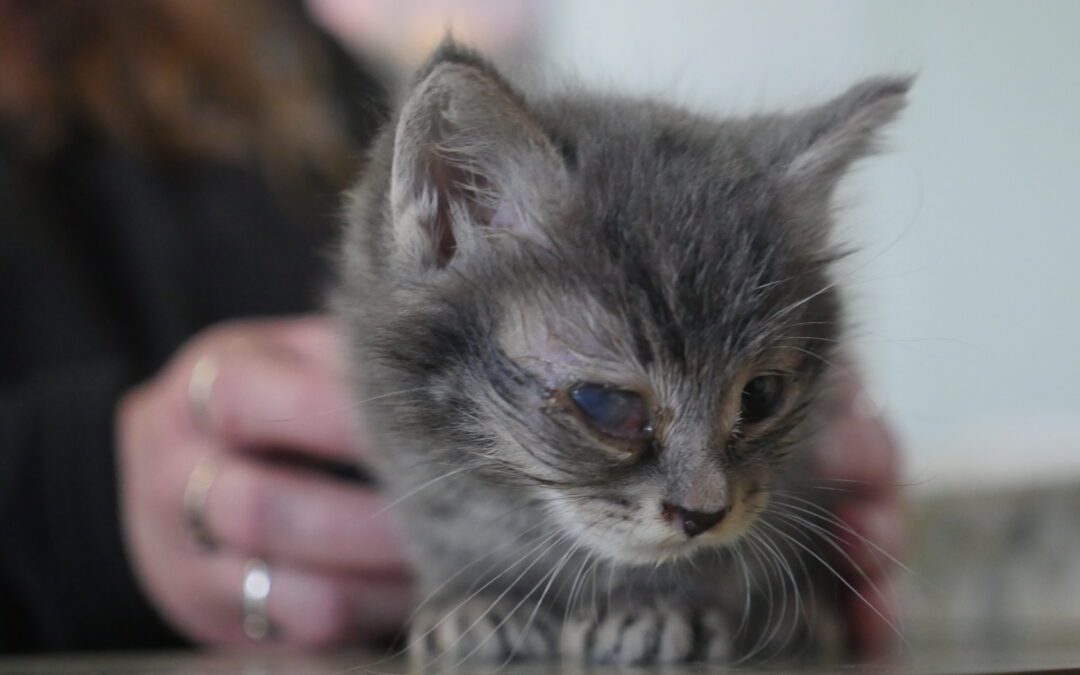At Cascade Vet Clinics, we prioritize the health and well-being of your beloved pets. Today, we want to shed light on a disease that poses a recent risk to cats, especially kittens – Feline Distemper, technically known as Feline Panleukopenia.
Understanding Feline Distemper
Feline Distemper is a highly contagious and potentially life-threatening disease that affects cats. It spreads rapidly and can lead to severe illness and even death, making it crucial for every cat owner to be informed and proactive.
The Virus Behind It
Feline Distemper is caused by a virus that consists of a single strand of DNA surrounded by a protective protein coating. This virus is known for its resilience and stability in the environment. It can survive for extended periods, even up to a year, indoors at room temperature. It is resistant to freezing and common disinfectants, except for a bleach solution (1 part bleach in 32 parts water) that can effectively eliminate it.
Infection and Disease Progression
Infection occurs when the virus enters a cat’s body through the mouth or nose. The severity of the disease depends on the cat’s immunity and the amount of virus particles that enter the body.
The virus is a parvovirus, a term familiar to many due to its relation to the canine parvovirus. However, Feline Distemper is more resilient and more lethal in its effects. Infected cats shed large amounts of the virus in their body secretions, including feces, vomit, urine, saliva, and mucus. This means that the virus can persist in the environment long after the initial secretion has disappeared.
The virus targets rapidly dividing cells and moves from the throat’s lymph nodes to the bone marrow and intestine. In the bone marrow, it suppresses the production of white blood cells, leaving the cat vulnerable to the virus’s onslaught. It then proceeds to infect the intestinal cells, causing ulceration, severe diarrhea, dehydration, and bacterial infections.
The infection can be so overwhelming that death can occur even before the onset of vomiting and diarrhea. Once the virus-laden diarrhea is present in the environment, the chances of large viral numbers increase, potentially leading to more fatalities.
The Importance of Vaccination
Most cats are exposed to this virus to some extent, but vaccination is highly effective. Even a single vaccine dose can offer long-lasting protection. Therefore, infection is more common among unvaccinated young cats kept in groups, such as colonies of barn cats, feral cats, or shelter cats. Kittens that survive the first five days are more likely to recover.
Recovery and Implications
Recovered kittens are contagious for up to six weeks following recovery. In cases where infection occurs during pregnancy, kittens may experience cerebellar hypoplasia, leading to balance and movement issues.
Diagnosis and Treatment
Diagnosis can be confirmed through clinical signs, white blood cell counts, and specialized tests. Treatment involves hospitalization, antibiotics, intravenous fluids, pain management, and support for blood sugar levels.
Prevention Through Vaccination
Prevention is key, and vaccination is highly effective in generating immunity. Vaccinations should begin after 6 weeks of age. Avoid vaccinating pregnant cats, as it can lead to cerebellar hypoplasia in kittens.
Feline Distemper is a serious threat to our feline friends, especially kittens. At Cascade Vet Clinics, we emphasize the importance of regular vaccination and encourage all cat owners to protect their pets from this deadly disease. With your vigilance and our expert care, we can ensure the health and happiness of your feline companions. If you have any questions or concerns about Feline Distemper or any other pet health issues, please don’t hesitate to reach out to us. Your cat’s well-being is our top priority!

